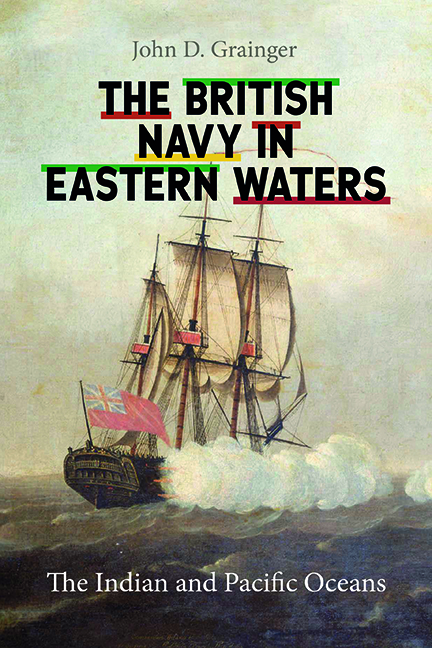13 - A Successful Defence (1935–1945)
Published online by Cambridge University Press: 26 May 2022
Summary
From 1935 the Admiralty in London was contemplating with some unease the prospect of having to fight three enemy navies simultaneously in the fairly near future. In Europe the fiasco of the ‘Abyssinian’ policy, with the politicians’ dithering and eventually succumbing to Italian pressure, had left Ethiopia conquered and subject to fascist rule, and Italy angry and hostile. One Italian response was to set about a naval building programme, designed to dominate the Mediterranean, which the Italian fascist regime now called ‘our sea’, in reminiscence of the Roman term mare nostrum, as an attempt to imply that other powers had no ‘right’ to put their warships there – meaning in particular Britain. Germany, under Nazi rule, was keen to find allies, and a disgruntled Mussolini was a prime target. The two dictators eventually made their ‘Pact of Steel’ in 1939.
More directly important, and a policy the Admiralty approved, was a diplomatic agreement with Germany, whereby the new German navy would be allowed to build up to one third (35 per cent) of the Royal Navy's tonnage. Being a man who liked symbols of power above all else, Hitler urged the building of battleships and powerful cruisers, which were described as ‘pocket battleships’. An aircraft carrier was begun, but few submarines – nasty, shapeless, and above all invisible things – as yet. But here were two likely enemies, who had made themselves friends, and later allies, building up their navies in direct competition with the Royal Navy; it was pre-1914 all over again. By 1939 Italy had eight battleships, all in the Mediterranean, and Germany one, in the North Sea; neither had any aircraft carriers, though both had one a-building.
But the most worrying development was the expansion of the Imperial Japanese Navy. Japan had been the most aggressive power since 1918, at least until Italy's Ethiopian adventure. It had seized Manchuria from China in 1931, and moved to control China's capital, Peking (Beijing) in 1936. It was building a navy at a greater rate than either Germany or Italy, concentrating on air power and aircraft carriers, but not neglecting battleships, cruisers, and submarines.
- Type
- Chapter
- Information
- The British Navy in Eastern WatersThe Indian and Pacific Oceans, pp. 255 - 274Publisher: Boydell & BrewerPrint publication year: 2022

